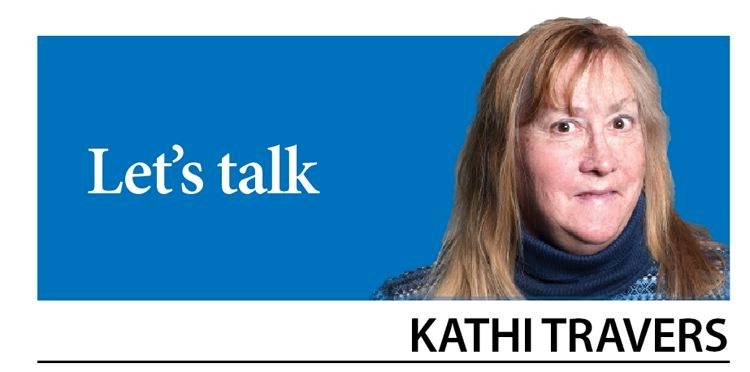Pearl S. Buck stated: "Our society must make it right and possible for old people not to fear the young or be deserted by them, for the test of a civilization is the way that it cares for its helpless members."
If Northern Health would share that sentiment, its rate of physical restraints of its elder citizen in their care would not be totally out of whack with the provincial rates as well as federal rates.
Last week, The Citizen ran a story and an editorial on the fact that Northern Health is using restraints three times the national average as audited by the Canadian Institute for Health Information (CIHI). The NH rate showed 24 per cent of residents in long term care were in daily physical restraints. The B.C. average was 9.6 per cent and the national 7.4 per cent. To say that is a significant difference is a huge understatement.
Not only that, but the amount of restraint has been reduced by half over a five-year period in B.C. and the rest of Canada. Northern Health's rate was reduced as well, but by less than one quarter.
Northern Health's response was defensive, arguing that it was all a matter of staff interpreting what is physical restraint, even though others across the country do not seem to have that problem. If they would, the statistics would be spiking in many more places than Prince George. It also does not show up as a problem in the rest of central and northern Canada.
Let's address the situation of living out the golden years in a long-term care facility. Our seniors have done their best to make a decent life for all of us. So how do we repay them? By putting them into health care facility where, when they get to be a bit of an inconvenience, we tie them up? Whatever you call it, however you measure it and report it, it amounts to the same thing.
Apparently, the families approve of such measures. I have a tough time believing that. If anyone tried to do that to Jo's mom, I would be on the next plane to Ottawa very quickly.
Restraint abuse is a leading burden in our health care facilities. According to some, the use of restraints is subject to challenge under the Canadian Charter of Rights and Freedoms.
I totally understand the need to keep our seniors safe, but there is a right way and a wrong way to do it.
Northern Health says that they want to ensure dignity of folks in care. From what has come to light recently, they have missed that boat. In fact, I must wonder why it has not been noticed the last time they did a national audit.
Nursing has come a long way. With it also have new methods that can also assist so that we can give these patients the dignity they so deserve. For me it is time and patience. Our elders are often confused and agitated by changes to their bodies that many do not understand.
My brother-in-law suffered early dementia. After a short time in a seniors' complex, a decision was made that Mickey needed more hands-on care. He was moved to a facility where he would be safer. His daughter could go in at any time to see her father. Mickey's floor in the facility was secured from the outside. He had his own room with a monitor. Not once was he tied up as the dementia progressed.
We have a responsibility to ensure that these important people get the best care possible and with the respect that they have earned. According to safety standards, there is no easy answer, but we must be cognizant of the use of any type of restraints.
Time for Northern Health to address the basics - dignity of humans, training, implementation, quality control. We need to see the quickest improvement Canada has ever seen.



